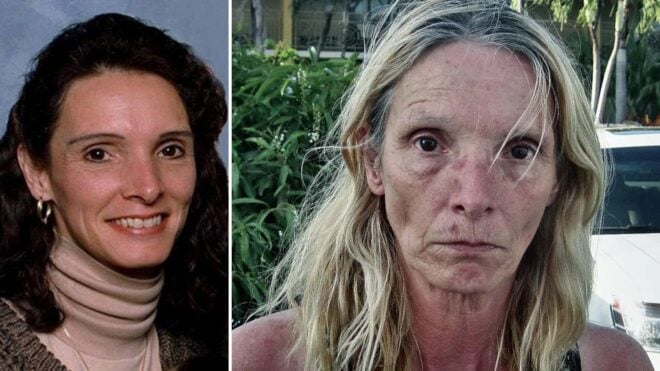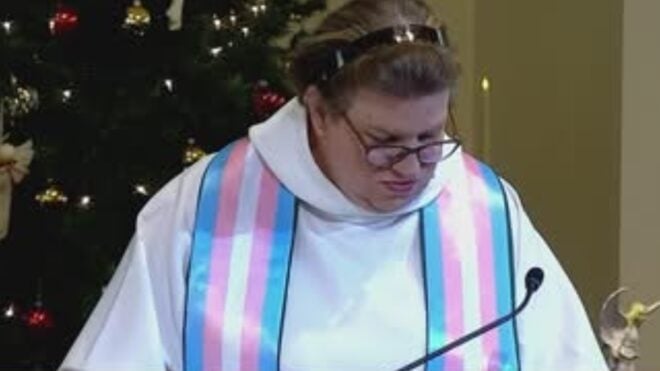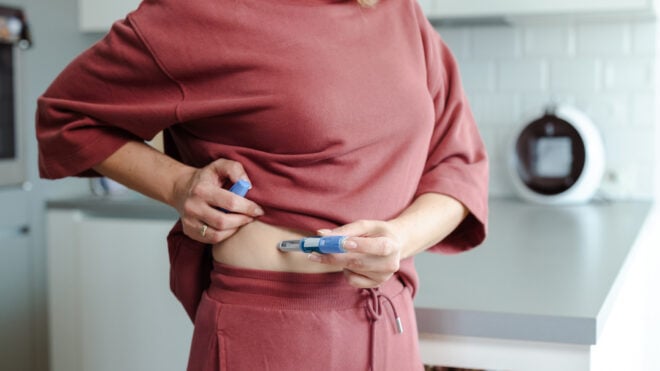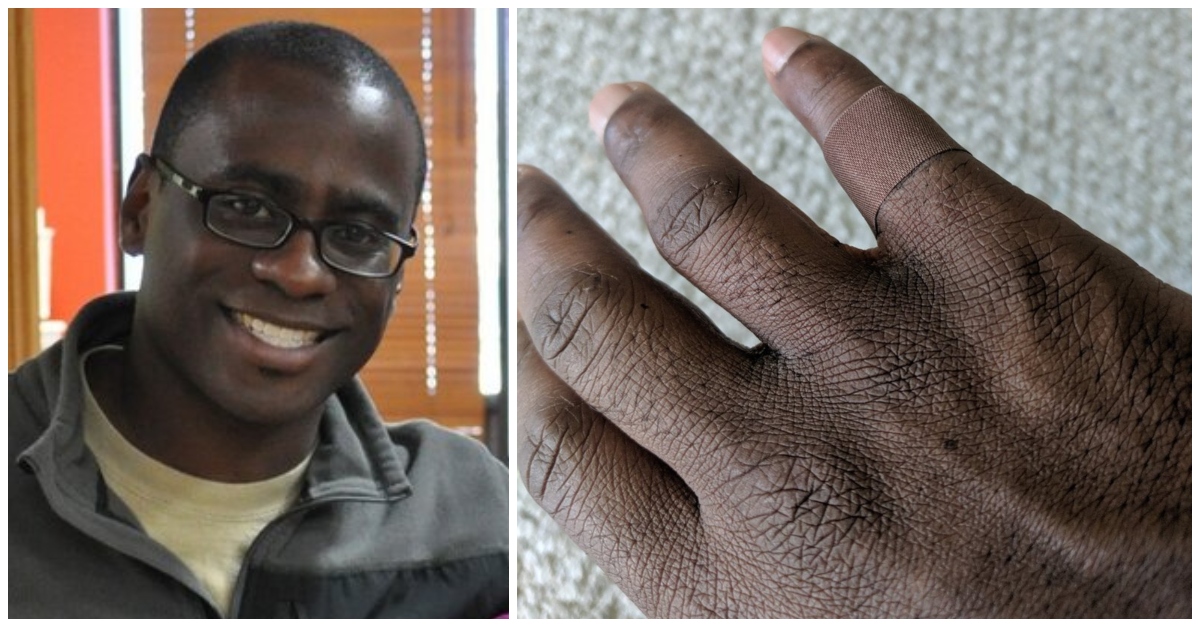
If you've never had to pay any attention to whether a bandage (or any other skin care or household product) matches your actual skin tone, consider yourself lucky. It seems like such a small thing, but as one man's viral tweet makes clear, it's a big deal.
In April 2019, Dominique Apollon was 45 years old. That month, for the first time in his life, he used a bandage that matched his brown skin. It was a surprisingly emotional experience.
"You can barely even spot it in the first image," he tweeted. "For real I'm holding back tears."
More from LittleThings: From Lunch Shaming To Celebrating Her Culture's Food: One Korean Creator Shares Her Story
"As a black person, I'm not used to seeing products geared to me in national online retailers," he explained to BuzzFeed News. "The default is typically some type of Caucasian skin tone. I just started feeling sad that I'd spent my entire life — 45 years — perhaps without ever having experienced that before. It's impossible to say, but how might I have felt if I'd had that experience of care as a kid."
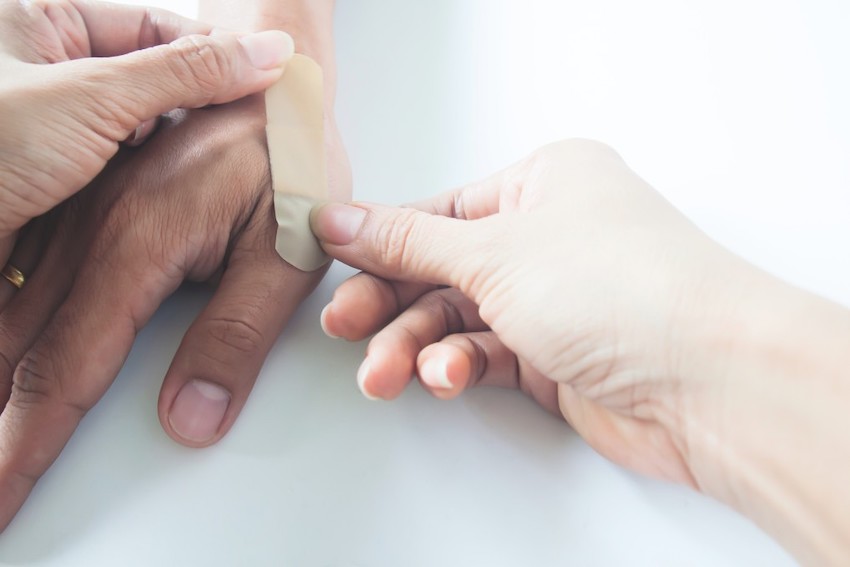
One part of being black in America is feeling invisible. The world is catered to the white majority in a million ways, and many of them are seemingly small, but they add up over time.
Like, for example, the fact that products with a supposedly universal "flesh tone" are usually beige.
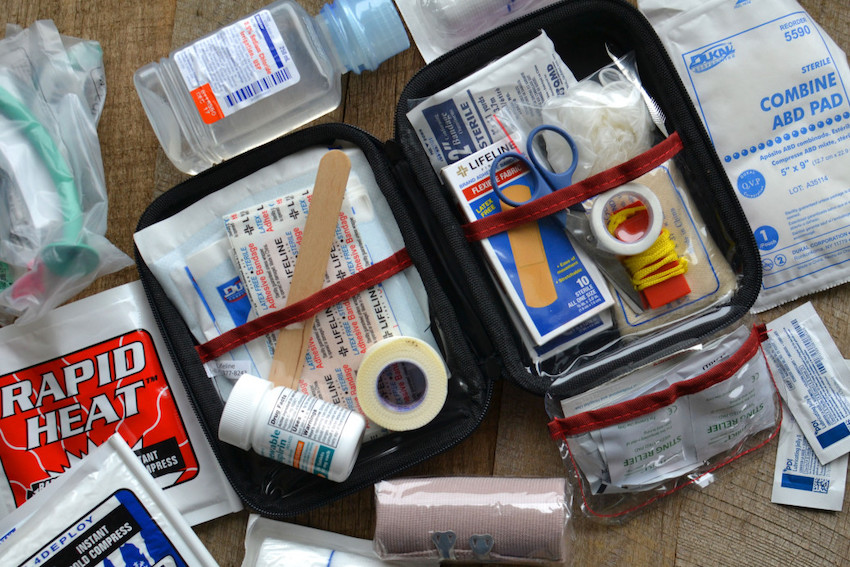
This is a thing with bandages, crayons, and pantyhose, to name a few examples. And that's not even diving into the world of makeup and clothing, where the word "nude" also means beige 99% of the time.
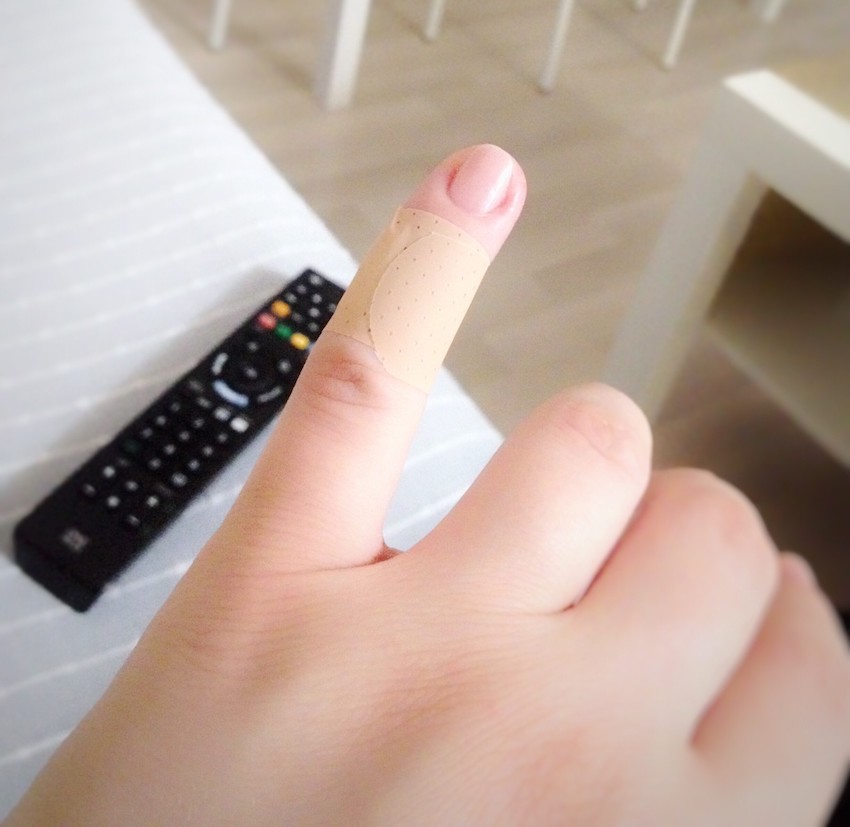
But things are finally starting to change. In the makeup industry, beauty companies are starting to cater to darker skin tones (we can thank Rihanna for that!). There are Crayola crayons and emojis in every skin tone imaginable.
And there are also bandages FOR BROWN PEOPLE.
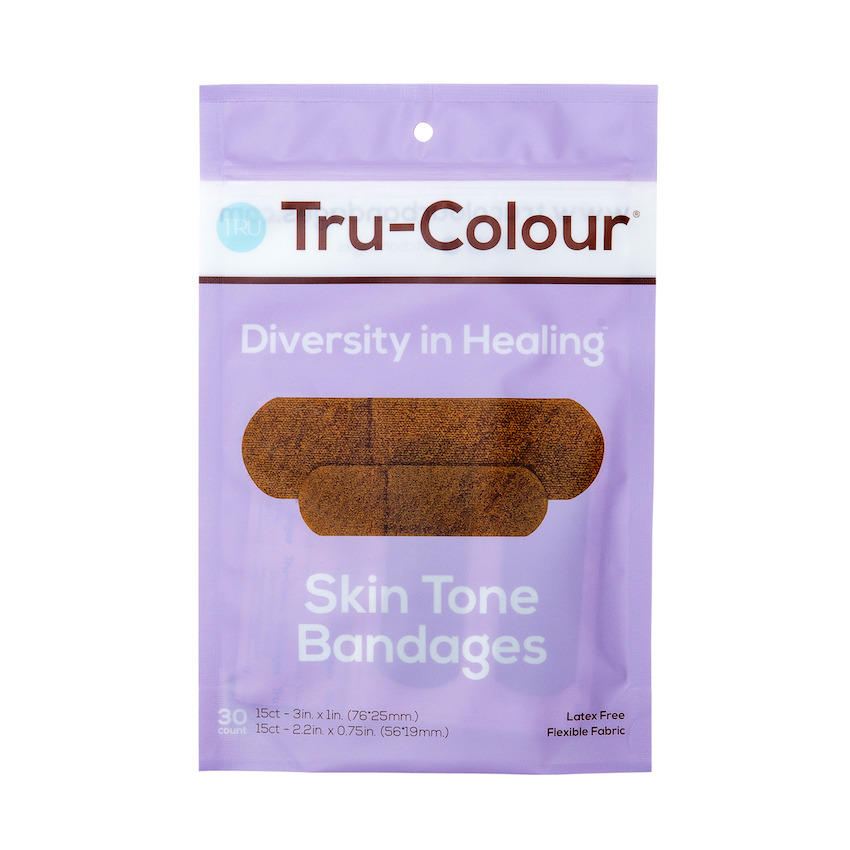
Dominique Apollon is the vice president of research at Race Forward, a nonprofit that builds awareness for racial justice. As such, he likely spends a lot of his time thinking about big-picture race issues. But sometimes it's the smaller and unexpected things that strike a chord.

Dominique came across a box of Tru-Colour bandages while looking for items to spend the rest of his flexible savings account money on. The bandages are dark brown, and they match his exact skin tone.
After he used one for the first time, he posted on Twitter about the experience with photo evidence of how well the bandages match his skin.
"It's taken me 45 trips around the sun, but for the first time in my life I know what it feels like to have a 'band-aid' in my own skin tone," he wrote.
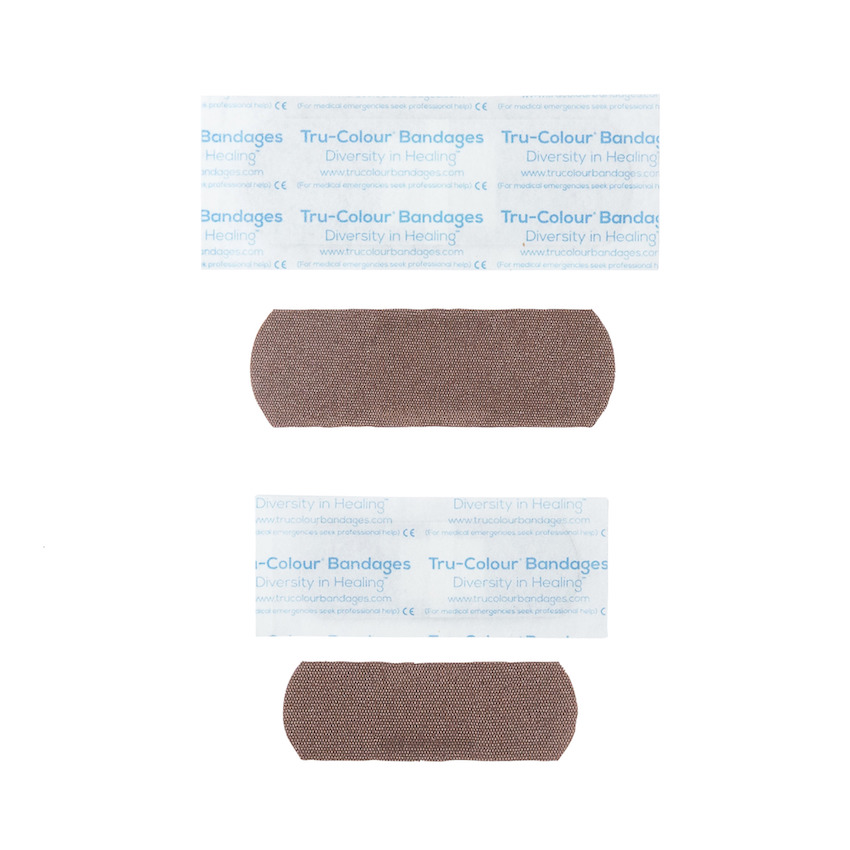
"You can barely even spot it in the first image. For real I'm holding back tears," he explained.
The meaning was not lost on people. The tweet has over 500,000 likes.
Dominique talked to BuzzFeed News about his experience.
"As a black person, I'm not used to seeing products geared to me in national online retailers. The default is typically some type of Caucasian skin tone," he said.
He wasn't "overly eager" to try the bandages on at first, he said. But five months afterward, he got a cut on his pinkie finger and put one on, and the effect took him by surprise.
"I could hardly see it," he said. "It just blended so perfectly in a way that if I was walking into a room, no one would even notice it was there."
Dominique said he was "struck" by how emotional an experience it was. He also felt sad that he'd never felt it before.
"It's impossible to say, but how might I have felt if I'd had that experience of care as a kid," he said. "It's a product that said to me, 'We see you. you're valued.'"
Something as simple as a bandage can, indeed, "signal that you're a valued member of society," as Dominique put it.
And other people of color completely understand where he's coming from. Many replied to his tweet with their own experiences of feeling left out or confused by everyday household products that didn't include them.
Actor John Boyega of Star Wars wrote that when black actors get cuts on the set, makeup artists have to paint the bandages brown so they'll blend in during photos.
"This was one of the first things that made me aware of 'race' when I was a kid," one woman wrote. "I remember asking my mom about the bandaid color… Also the 'flesh' crayon."
Another woman agreed: "I remember being upset that nothing really worked."
The sad thing is that these brown bandages have actually been around for a while, as Dominique notes. They're not new. They're just still not available in most stores or schools — which means that if you're in a position to provide them to people who need them (like young students or patients), you should definitely do it! And thanks to Dominique's tweet, many are now inspired to do so.

